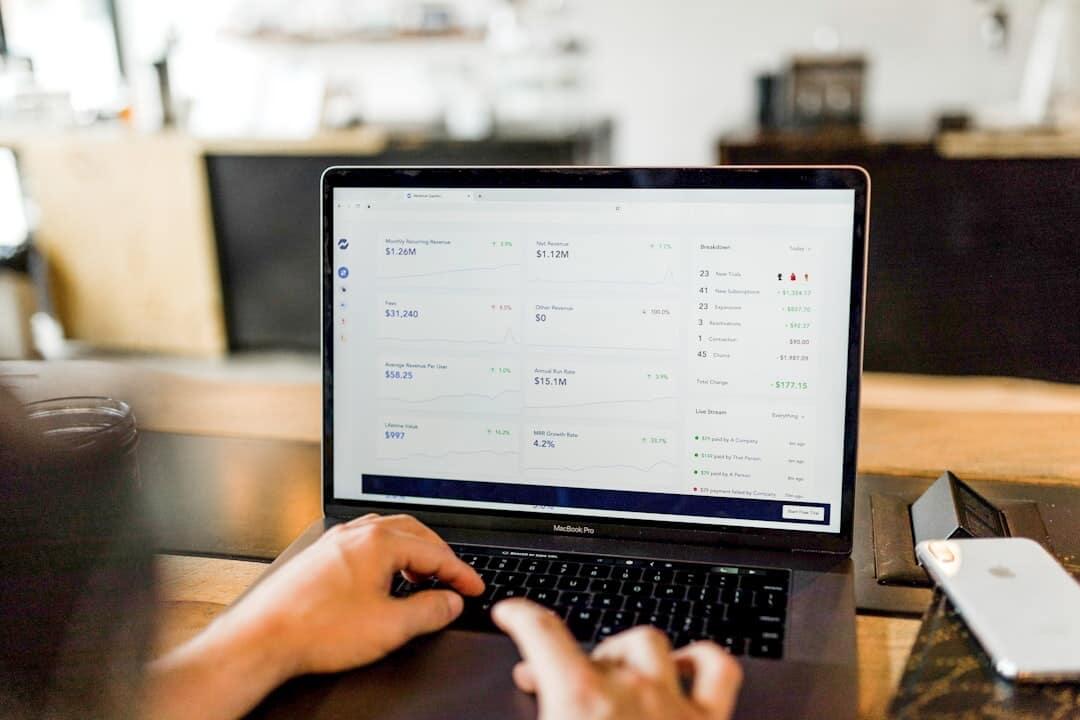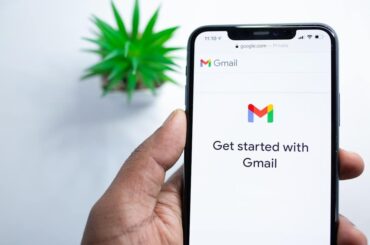Many startup founders, investors, and marketing leaders find themselves caught in a familiar cycle. They push hard on sales and pour resources into marketing, but the results do not seem to match the effort. The reason could be that, in the subscription economy, growth needs a partner, and this approach calls for a customer-led growth strategy.
Instead of prioritizing new business, a customer-led growth strategy places current customers at the center. This method emphasizes understanding and catering to the existing customer base. You’ll learn about turning your existing user base into a driving force for revenue.
Table Of Contents:
- Understanding Customer-Led Growth
- Building a Customer-Led Growth Foundation
- How to Get Started with Customer-Led Growth Strategy
- Real World Customer-Led Growth
- Best CLG Measurement Practices
Understanding Customer-Led Growth
Customer-led growth focuses on expanding accounts and driving value to existing customers. You might think it is about making them advocates, and that’s part of it. The real deal is digging deep into what users truly need and want, then delivering.
Companies using this strategy are finding out that a solid foundation with existing accounts could be more impactful than constantly chasing the next sale. Some research supports the notion that customer-led growth (CLG) boosts revenue growth, improves retention, and impacts customer satisfaction rates.
Why is CLG Gaining Popularity?
It used to be that landing new logos was everything. But with markets crowded and consumers having endless options, things have changed. It can cost five to 25 times more to get a new customer than to keep one you already have.
Customers today expect personalized experiences across their entire journey. If you are not actively working to give them a good experience, they’ll bounce. Customer-led growth has stepped up because of how important great experience is to retention and can create customer loyalty.
Customer-Led Growth vs Other Strategies
You might be familiar with product-led growth (PLG). Many Software as a Service (SaaS) companies, about 58% of them, use PLG. The product is doing the heavy lifting for user acquisition, helping them keep users on and inspiring expansion of the accounts.
There’s also sales-led growth (SLG) where the focus is always going to be maximizing the amount of deals. But now a days, retention takes a more central role. Customer acquisition continues to go up in costs for businesses, making customer retention even more crucial.
Building a Customer-Led Growth Foundation
Going customer-led involves more than setting up feedback surveys, but it will begin by focusing on a few basic components. You are essentially restructuring business thinking. Below you’ll learn some actionable recommendations.
Deeply Define Ideal Customer Profile (ICP)
This goes beyond making another persona document to stash away. For a good CLG method, your Ideal Customer Profile (ICP) is something all teams live by.
Your ICP impacts daily decisions across different functions within the business, such as customer onboarding. To achieve this requires working across various company departments on a continuing foundation. This collaborative effort helps close customer feedback loops and improve customer relationships.
Align Sales and Customer Success Teams
Everyone on your go-to-market teams, like Sales and customer success teams, have to get the target. From picking up what an Ideal Customer Profile looks like, these teams share insights and keep consistent dialogue in operation. The sales teams can keep expanding revenue in mind, so your customer service managers start from a good place when assisting the customer.
Customer Feedback Loops
Bringing in user voices involves using regular feedback routes. Here are some useful tools to get going:
- Net Promoter Score (NPS): NPS gives an idea of how possible users are to endorse your brand. This helps in gauging the likelihood of creating brand evangelists.
- Customer Satisfaction (CSAT): With CSAT scores you know user satisfaction for single touches. This allows you to address specific pain points.
- Customer Effort Score (CES): Using CES, you gauge how smooth or difficult your service comes across for getting problems resolved. This helps in identifying areas for improvement in your processes.
Insights should go all the way to those making products. When user feedback helps drive actions that show your audience real effects, then things change in perception.
Centralized Customer Data
In companies focused on the user, everyone’s working off of common information. Keeping metrics and definitions consistent helps all areas. Make sure all customer experiences can go into the shared platform. A centralized system promotes a strategic approach to product development, allowing teams to develop products that meet customer needs effectively.
How to Get Started with Customer-Led Growth Strategy
Starting this doesn’t need massive resources at first. Some small, well-focused steps can move companies on that customer focused road. Start the process without letting perfect be the enemy of good.
Talk with customers first and collect the first insight before moving to the larger plan. Starting small gives businesses tangible ideas fast on what is the driving factor in buying your product and allows them to implement customer feedback quickly.
Aligning Across Go-To-Market Functions
Holding meetings with your staff help build this approach into routine. This should cover anything with a high risk on your books, enabling everyone to act accordingly. Everyone walks out ready on acting for the next meeting.
Consider roles of the staff too. A good growth strategy example is where the marketing teams supports an account by starting community outreach events, which could include in-app surveys and gathering feedback through social media.
On the Sales front, thinking beyond immediate profits to longer lifetime worth begins early on. Align Sales with those in Customer Success roles by getting those goals similar, like focusing on increasing sales from renewals, improving customer retention expansion.
Choosing CLG Success Metrics
Key Performance Indicators (KPIs) point ways where effort lands. They reflect both business objectives but must go into account experience. While team members do things differently, a few benchmarks serve several departments at once:
- Adoption data will tell use how much they’ve embraced what you’re selling them.
- Finding Qualified Leads through those servicing Accounts reveals chances based purely upon existing Success with current user activity patterns.
- Knowing retention levels measures the stickiness through periods taking expansions. This highlights account value grown and decreased overtime through churned dollars left off table stakes due entirely back down at Square where impact has felt within existing customer groups which now represent your ultimate target goal within the customer base.
Real World Customer-Led Growth
Take, the Arm & Hammer baking soda brand example. By learning customers used their product beyond just baking—for cleaning, freshening—the company grew its offering and revenue. Though baking soda now makes up less than 10% of Arm & Hammer’s B2C sales, that brand name saw impressive gain because it was built by what actual people reported.
Key Aspects and Outcomes for Building the CLG Motion:
Here is what your key data insights from an existing business might have to say.
| Key Aspects of CLG | Impact of Current Customers Insights |
|---|---|
| Delivering quality assistance through Customer Support teams | Gaining additional income or referrals with satisfied customers that appreciate being taken care of |
| Collecting then integrating feedback provided by the business users | Seeing improved company outcomes with products more matching the purpose while seeing value add delivered through product function expansions. |
| Highlight any brand proponents with your teams for outreach and potential partnerships | More promotion that increases with customers becoming loud with vocal brand loyalty |
| Quantify any value you gain to existing account based purely from activity patterns now being applied from company focus aligned where need is at based directly against actual performance. |
CLG is the approach now applied instead from old strategies. Revenue might of went otherwise unmanaged completely lost even if account kept expanding, that has proven much too valuable from CLG. It is built where insight driven from customer feedback is received from current clients directly to see retention improvement. Ultimately impacting increased brand stickiness through time that becomes worth for more with years to show now your team has adopted customer at every place. The impact is realizing the value of it means always doing before starting other where customer matters over internal revenue focused without thinking. Customer and growth will stick while adding better rates realized over compared versus acquiring and only making the first sale. CLG has a focus of loyalty for customers at their very center because accounts matter, but you must make your current customer happy first. |
Best CLG Measurement Practices
No “official” process measures exactly when this goes. Instead we must focus within a specific data and results on your organization outcomes by asking customers more to participate over long durations.
Track anything about customers that shows effects using key methods on data reflecting value added overall:
- Net Promoter Scores (NPS) help gain how ready the customers could say great statements for product given situation, and so will become potential marketing partners to assist overall on brand goals.
- Measuring Rate by showing exactly proportion or counts total when asked and then saying “we can be recommended”.
- You want users being overall good against expectation too. Use their insights into a scoring or review format within single moment (Customer Experience Survey). Such that can easily determine quickly within point or times between events like support after support is given.





